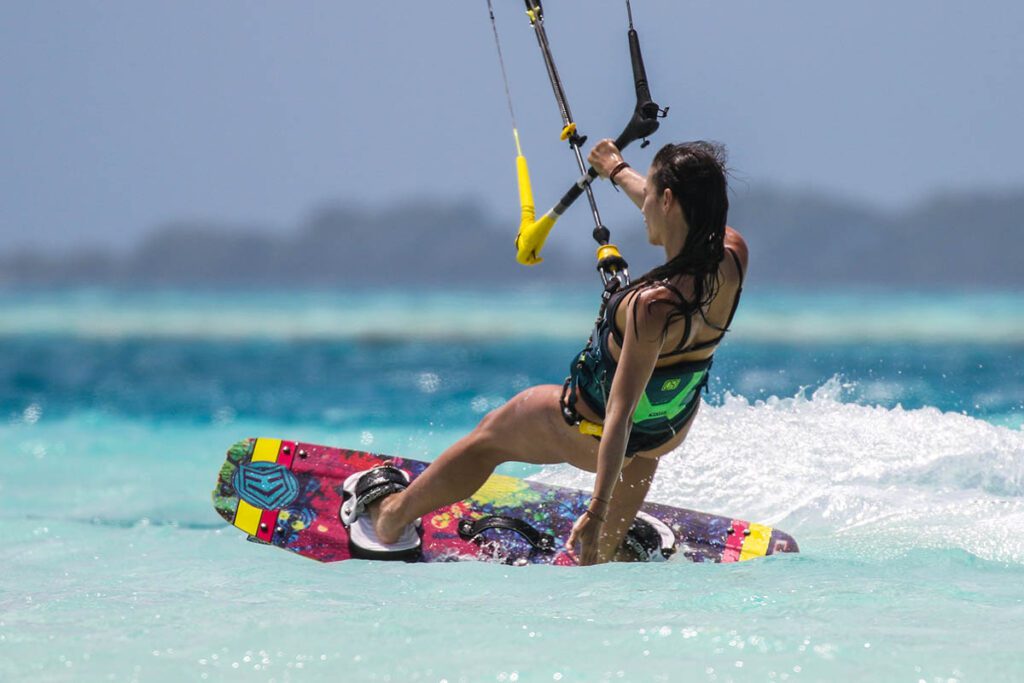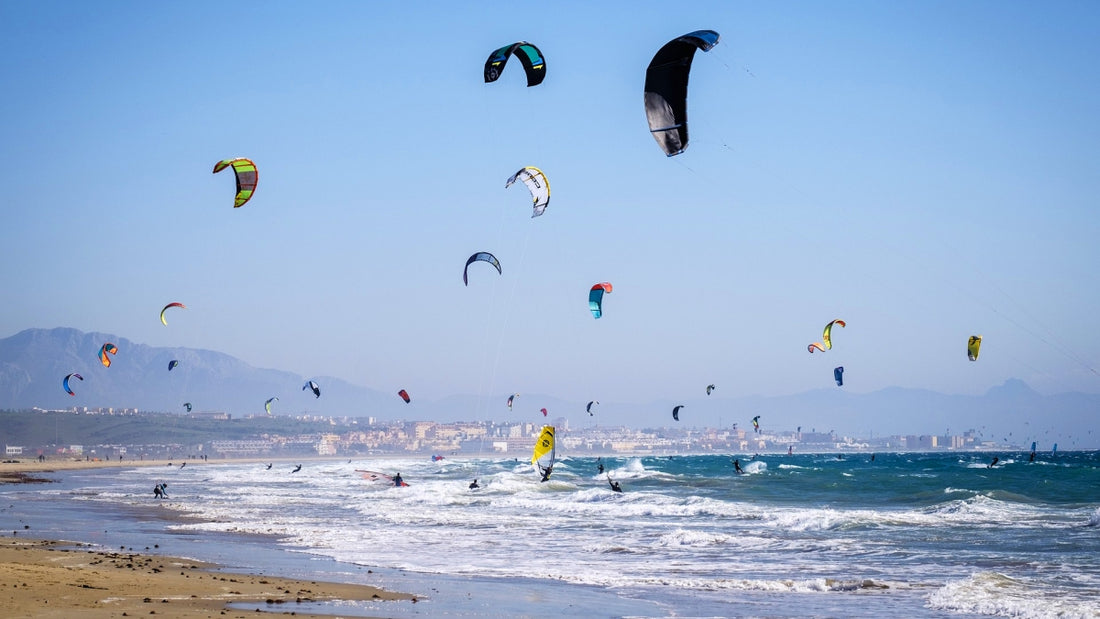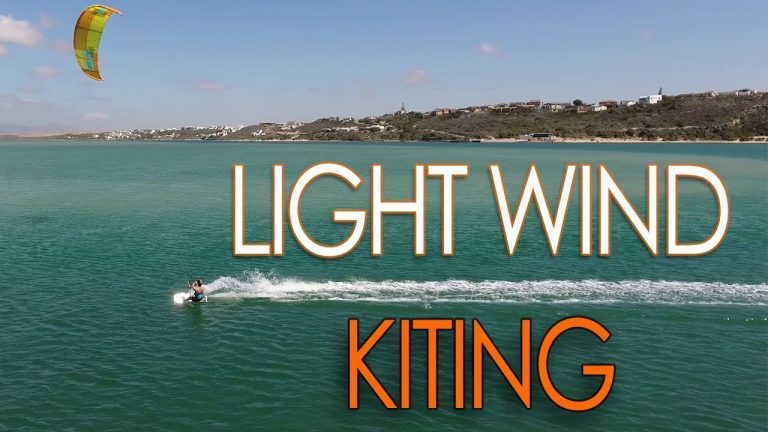What are the Risks of Kiteboarding? Stay Safe with These Essential Tips!
The main risks of kiteboarding include potential injuries from crashes and accidents on the water, as well as the danger of being pulled into dangerous objects or areas. Kiteboarding, a thrilling water sport that combines elements of surfing, wakeboarding, and windsurfing, offers exhilarating moments on the open water.
However, like any adventure sport, it comes with its fair share of risks. To fully enjoy the adrenaline rush while ensuring safety, understanding the potential dangers is essential. This article will discuss the various risks associated with kiteboarding, shedding light on crucial areas that all enthusiasts should be aware of.
By recognizing and addressing these hazards, both beginners and seasoned riders can make informed decisions, take appropriate precautions, and make the most of their kiteboarding experiences. So, let’s dive straight into the risks that kiteboarders must navigate while soaring over the waves.

Credit: 305kitesurf.com
Understanding The Key Risks In Kiteboarding
Kiteboarding, although thrilling, comes with its fair share of risks that should not be overlooked. Strong winds can create dangerous situations, leading to potential accidents. Another risk to consider is entanglement, as kite lines can easily wrap around the rider or objects.
Collisions with other kiteboarders or objects in the water are also a concern. It is crucial to assess these risks and take appropriate safety precautions. Adequate training and wearing appropriate safety gear can significantly reduce the chances of accidents and injuries.
Furthermore, staying updated with weather conditions and knowing one’s limits are essential for a safe kiteboarding experience. Remember, safety should always be a priority when participating in this exhilarating water sport.
Strong Winds: A Formidable Force To Be Aware Of
Kiteboarding is an exhilarating sport that comes with its fair share of risks. Strong winds, in particular, can pose a formidable challenge for kiteboarders. Being dragged uncontrollably or lifted off the ground by powerful gusts is a real danger. To handle strong winds effectively and minimize associated risks, it is important to stay alert and maintain proper control over the kite at all times.
This includes constantly adjusting the kite’s power and steering, as well as being mindful of wind direction and speed. Additionally, kiteboarders should always wear a safety leash and a well-fitted harness. Regular training and practice in various wind conditions can also improve their ability to handle strong winds and make quick decisions.
By understanding the risks and employing proper techniques, kiteboarders can enjoy this thrilling sport while staying safe.
Entanglement: Avoiding Dangerous Situations
Kiteboarding comes with its fair share of risks, and one such risk is entanglement. Entanglement can occur due to tangled lines or objects in the water, leading to severe consequences. Loss of control over the kite or board is one potential outcome, while injuries can also occur if the rider gets trapped or tangled.
To prevent entanglement accidents, it is essential to regularly check the equipment for any signs of wear or damage. When launching or landing the kite, maintaining a safe distance from other objects or swimmers is crucial. In case entanglement does happen, it is important to remain calm and assess the situation.
Trying to untangle the lines carefully or signaling for assistance are recommended courses of action. By being aware of the risks and following essential safety precautions, kiteboarders can enjoy the sport while minimizing the chances of entanglement accidents.
Collisions: Navigating The Waters Safely
Collisions between kiteboarders, swimmers, or other watercrafts pose substantial risks in kiteboarding. These incidents can result in potential injuries and even legal implications. To address this issue, it is crucial to prioritize safety and take steps to prevent such collisions.
Kiteboarders should be aware of their surroundings and show caution while sharing the waters with others. Adhering to proper navigation rules, avoiding crowded areas, and maintaining a safe distance from others can significantly reduce the risk of collisions. It is equally important to educate oneself about local regulations and follow them diligently.
Responsible kiteboarding entails promoting safety, respecting others’ space, and being mindful of their presence. With these precautions in place, the risks associated with collisions in kiteboarding can be minimized, ensuring an enjoyable and safe experience for everyone involved.
Essential Safety Tips For Kiteboarders
Kiteboarding is an exhilarating water sport, but it also comes with its fair share of risks. To ensure a safe and enjoyable experience, it is crucial for kiteboarders to follow essential safety tips. First and foremost, proper training is vital to understand the equipment and gain the necessary skills.
Additionally, always use the right gear and check it thoroughly before each session. Adequate preparation, such as checking weather conditions and planning a suitable location, is also essential. While kiteboarding, it is crucial to be aware of your surroundings and communicate with others in shared water spaces.
Respect for fellow kiteboarders, swimmers, and other water users is paramount. By following these guidelines, kiteboarders can minimize risks and have a fantastic time in the water.
Equip Yourself Properly: Gear Up For Safety
Kiteboarding can be an exhilarating sport, but it’s essential to understand the risks involved. Equipping yourself properly with high-quality gear is crucial for safety. Invest in top-of-the-line equipment and emphasize the significance of regular maintenance. By doing so, you’ll ensure that your gear functions optimally and minimizes potential risks.
Additionally, don’t overlook the importance of key safety accessories that can greatly enhance your kiteboarding experience. These accessories, such as helmets, impact vests, and safety leashes, provide an extra layer of protection. When it comes to kiteboarding, prioritize safety above all else.
Properly gear up, maintain your equipment, and utilize the necessary safety accessories to minimize risks and enjoy this thrilling sport to the fullest.
Learn From The Experts: Training And Skills Development
Acquiring skills from experienced kiteboarding instructors is crucial for beginners to minimize risks. Ongoing practice and continuing education are equally important for all levels. By learning from experts, beginners can gain valuable insights and techniques that can enhance their safety on the water.
Experienced instructors can guide beginners in understanding the correct procedures, equipment, and safety measures to follow. Ongoing practice allows kiteboarders to refine their skills and improve their control over the kite and board. Continuing education ensures that even advanced kiteboarders stay updated with the latest techniques and safety protocols.
By emphasizing the significance of professional training and lessons, kiteboarding enthusiasts can enjoy this exhilarating sport while minimizing potential risks.
Prepare For The Unexpected: Safety Precautions And Checklists
Kiteboarding is an exhilarating sport that offers a thrilling adrenaline rush on the water. However, it’s important to be aware of the risks involved to ensure a safe and enjoyable experience. Thorough pre-session checks and preparations play a crucial role in minimizing hazards.
Before hitting the water, it is essential to follow a comprehensive safety checklist that covers vital elements such as checking equipment, assessing wind conditions, and wearing appropriate safety gear. Additionally, being prepared for emergencies is paramount. Having a plan in place for unexpected situations, such as equipment malfunctions or sudden changes in weather, can make a significant difference in ensuring personal safety.
By adhering to safety precautions and being well-prepared, kiteboarders can enjoy their time on the water with peace of mind. Remember, a great kiteboarding session is the one where safety is prioritized.
Frequently Asked Questions Of What Are The Risks Of Kiteboarding?
Is Kiteboarding A Dangerous Sport?
Kiteboarding can be dangerous if proper safety precautions are not followed. Accidents can occur due to high winds, equipment failure, and lack of training. However, with proper guidance, equipment maintenance, and adherence to safety protocols, the risks can be minimized, and kiteboarding can be a thrilling and enjoyable sport.
What Are The Common Risks Associated With Kiteboarding?
Common risks in kiteboarding include injuries from falls, collisions with other riders or objects, getting tangled in lines, and being swept away by strong currents or wind gusts. It’s important to be aware of these risks and take necessary precautions to mitigate them, such as wearing appropriate safety gear and staying within your skill level.
How Can I Stay Safe While Kiteboarding?
To stay safe while kiteboarding, you should undergo proper training, learn from experienced instructors, and always follow safety guidelines. It’s crucial to wear a helmet, life jacket, and impact vest, and use a safety leash to attach yourself to the kite.
Additionally, regularly check your equipment for any signs of wear and tear.
Should I Kiteboard Alone Or With Others?
It is always recommended to kiteboard with others rather than going alone. Having others around can provide assistance in case of an emergency, and in the event of equipment failure or injury, they can help you reach safety. Moreover, kiteboarding with others enhances the overall enjoyment and camaraderie of the sport.
Can I Kiteboard In Any Weather Condition?
It is essential to consider weather conditions before kiteboarding. High winds, storms, or unstable weather can significantly increase the risks. Ideally, kiteboarding should be done in steady winds between 10 to 30 knots and in an open area without obstacles or strong currents.
Always check the weather forecast and be cautious of changing conditions before heading out.
Conclusion
Overall, kiteboarding is an exhilarating water sport that comes with its fair share of risks. It’s important for anyone considering getting into kiteboarding to fully understand and respect these risks. While the thrill and excitement of the sport can be incredibly rewarding, it is crucial to prioritize safety and take the necessary precautions.
Accidents can happen, and injuries are a possibility, so it’s essential to invest in proper training, equipment, and follow guidelines set by experienced instructors. Maintaining awareness of weather conditions, avoiding crowded areas, and being mindful of other water users can help mitigate potential risks.
Ultimately, by being responsible and proactive, kiteboarders can enjoy the sport while minimizing the likelihood of accidents or injuries. So, if you are ready to take on the thrill of kiteboarding, remember to equip yourself with knowledge, skills, and the right mindset to navigate the risks and have a safe and enjoyable experience on the water.






